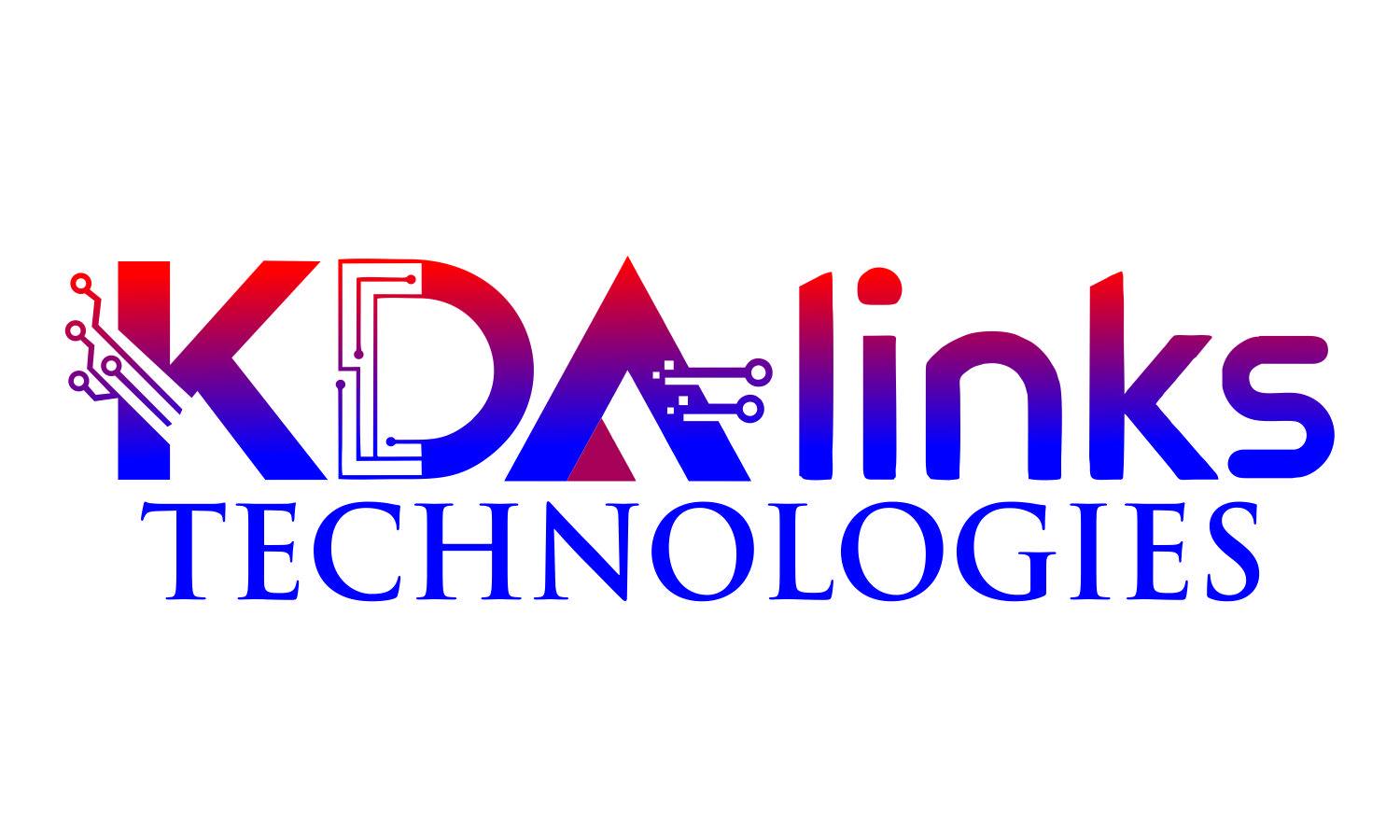In today’s competitive tech space, a strong portfolio can speak louder than a resume especially for students like us, still in school and looking for real-world opportunities.
As an IT student, you don’t need to wait until graduation to showcase your skills. You can start building your tech portfolio today and in this article, I’ll show you how.

What Is a Tech Portfolio?
A tech portfolio is a collection of projects, code samples, and documentation that highlights your skills and interests in technology. Think of it as your personal tech museum—where each project is an exhibit that tells a story of what you can do.
Unlike a résumé, which lists your skills, a portfolio shows them.
Whether you’re interested in software development, data science, cybersecurity, UI/UX design, or hardware engineering, your portfolio should reflect your interests and your growth.
Why You Need a Portfolio as a Student
Whether you want to land an internship, freelance gig, or your first full-time role, a portfolio:
- Proves your skills beyond theory.
- Shows initiative and real-world experience.
- Builds your confidence and online presence.

Step 1: Identify Your Skills and Interests
Before building, ask yourself:
- And the best part? You can start with what you already know.
- What programming languages or tools do I enjoy using?
- Do I want to focus on web development, data science, cybersecurity, or UI/UX design?
- What have I built (or what can I build) that reflects my passion?
- You don’t need to know everything. Start small and grow over time.

Step 2: Build Small but Meaningful Projects
Projects are the core of your portfolio. Here are some beginner-friendly ideas:
- Personal Portfolio Website – Introduce yourself, your skills, and links to projects.
- To-Do List App – Classic project for frontend/backend learners.
- Student Budget Tracker – Practical and relatable.
- Blog Platform or API – Use frameworks like Django, Laravel, or Node.js.
- Data Visualization Dashboard – Perfect for data analytics students.
Tip: Host your code on GitHub. It’s the tech world’s portfolio home.

Step 3: Make It Public
- GitHub – Push your project repositories with clear README files.
- LinkedIn – Share what you’re working on. Recruiters are watching.
- Personal Website – Use free hosting to create your brand.
- Dev.to / Medium / Kdalink Blog – Write about your projects or learning process.
Bonus Tip: Share your journey on social media. Let people see your growth!
Step 4: Share Your Work with the World
Once your projects are live, share them! Visibility leads to opportunity.
GitHub: Your main portfolio hub.
LinkedIn: Write short posts describing your projects or tech journey.
Personal Website: Build a one-page portfolio site using HTML/CSS, WordPress, or a static site generator.
Dev.to / Medium / Kdalink Blog: Write about your learning process or tutorials.
Twitter / X (Tech Twitter): Tweet your project and tag relevant communities.
Your work shouldn’t stay hidden in your laptop folders. The more you share, the more feedback, opportunities, and recognition you get.
Step 5: Keep Improving
Your portfolio is not a one-time project. It grows with you.
Here’s how to keep it fresh:
- Update old projects with better designs or new features
- Replace beginner projects with more complex ones
- Add new skills and certifications
- Refactor old code to show growth
Also, use tools like Google Analytics or Hot jar to see who’s viewing your site and how they interact with it.
What to Include in Your Portfolio
Each project you showcase should contain:
- Title & brief description
- Live demo (if possible)
- Screenshots or UI mockups
- GitHub repo link
- What you learned or contributed

Final Thoughts
You don’t have to be an expert to start. You just have to start.
Every project you build and every line of code you write brings you one step closer to becoming a professional. With time, consistency, and the right tools (like those offered by KDA link Technology), your portfolio can open doors you never imagined.
Start today. Your future self will thank you.

